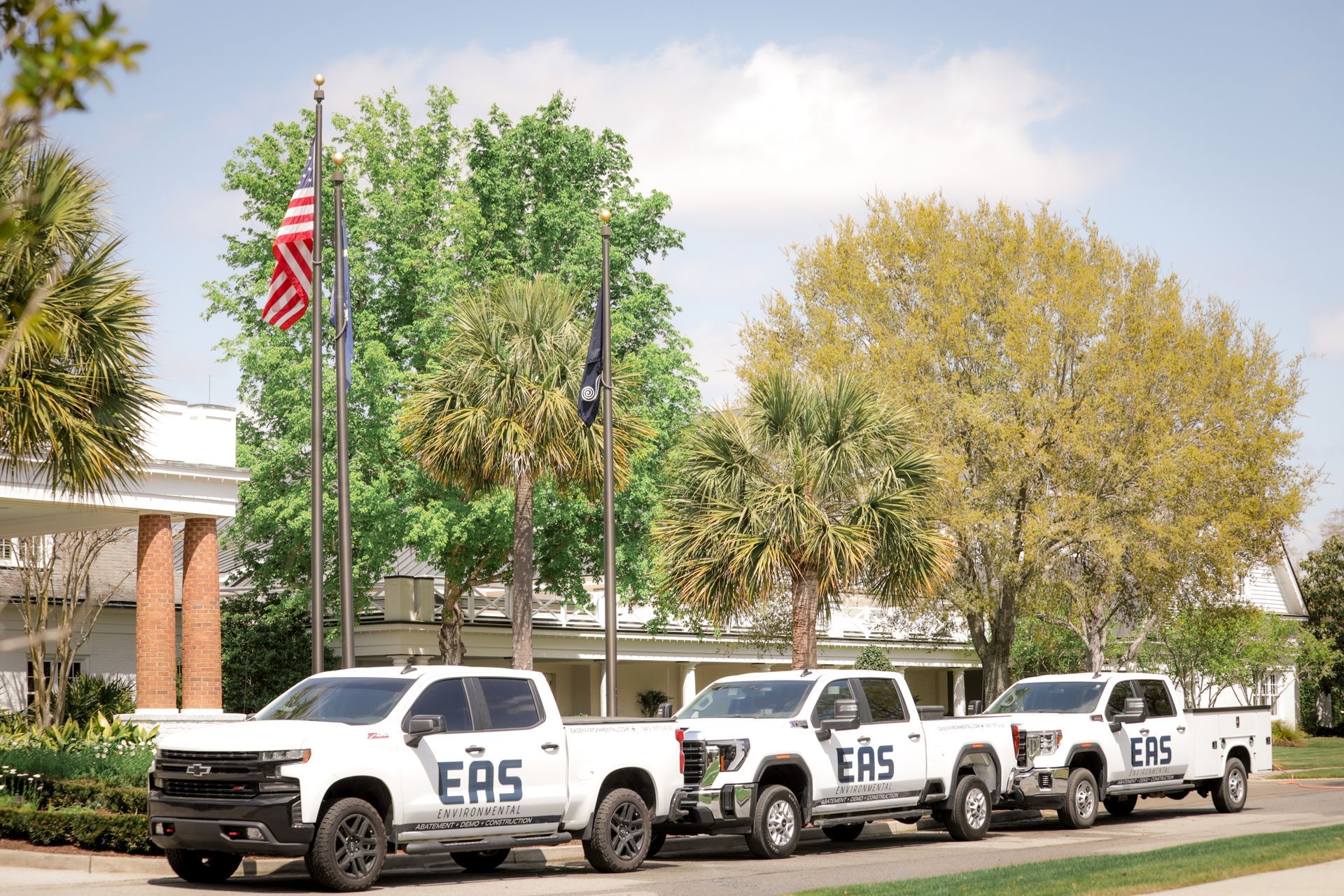
Welcome to our blog, where we will explore the benefits of waterproofing a dirt crawl space and provide you with essential information to make informed decisions about your home's foundation. A dirt crawl space can be susceptible to moisture, leading to various issues such as mold growth, structural damage, and compromised indoor air quality. In this article, we will highlight the advantages of waterproofing your dirt crawl space and explain why it is a wise investment for the health and longevity of your home.
From Moisture to Maintenance
From moisture control to improved maintenance, waterproofing your crawl space offers a range of benefits that extend beyond simple protection from water damage. One of the primary advantages is moisture control. By waterproofing the crawl space, you create a barrier that prevents excess moisture from seeping into the area. This helps to prevent mold and mildew growth, reducing the risk of respiratory issues and allergies for you and your family. Moreover, controlling moisture in the crawl space helps to safeguard the structural integrity of your home, as excessive moisture can lead to rotting wood, sagging floors, and foundation issues.
In addition to moisture control, waterproofing your crawl space can simplify maintenance tasks and extend the lifespan of various components. By eliminating excess moisture, you reduce the likelihood of damage to insulation, HVAC systems, and electrical wiring. Additionally, waterproofing creates a cleaner and more accessible space for maintenance purposes. With a dry and properly sealed crawl space, you can easily access plumbing or utility lines, making repairs and maintenance tasks more efficient and less cumbersome. This can save you time, effort, and potential costs associated with accessing and repairing components in a damp or inaccessible crawl space.
Enhancing Home Comfort
Enhancing home comfort is a priority for many homeowners, and one often overlooked aspect is the crawl space. By waterproofing your crawl space, you can significantly improve the overall comfort of your home. A properly sealed and dry crawl space helps regulate indoor temperatures more effectively, preventing cold drafts in winter and excessive heat in summer. This translates to enhanced comfort throughout your living spaces, ensuring a more pleasant environment for you and your family.
Moreover, waterproofing the crawl space helps reduce the presence of musty odors and dampness, creating a fresher and healthier indoor atmosphere. By preventing moisture and mold growth, you eliminate the unpleasant smells often associated with damp crawl spaces. This not only enhances the overall comfort but also contributes to better indoor air quality.
Breathing in cleaner air can reduce respiratory irritations, allergies, and other health issues, allowing you to enjoy a more comfortable and healthier living environment. Investing in crawl space waterproofing goes a long way in improving the overall comfort and well-being of your home.
Why Waterproofing a Dirt Crawl Space is a Wise Choice
Waterproofing a dirt crawl space is a wise choice that offers numerous benefits for homeowners. One of the primary reasons is the prevention of water damage. A dirt crawl space is susceptible to moisture intrusion, which can lead to a range of problems such as mold growth, rotting wood, and foundation damage. By waterproofing the crawl space, you create a barrier that prevents water from seeping in, protecting your home's structural integrity and saving you from costly repairs down the line.
Additionally, waterproofing a dirt crawl space helps improve indoor air quality. Excess moisture in the crawl space can create a breeding ground for mold and mildew, which release spores that can circulate throughout your home. These spores can cause respiratory issues, allergies, and other health problems. By keeping the crawl space dry and free from moisture, you create a healthier living environment for you and your family, promoting better overall well-being.
In conclusion, waterproofing a dirt crawl space is a wise investment that offers long-term benefits. It protects your home from water damage, preserves its structural integrity, and improves indoor air quality. By taking proactive measures to waterproof your crawl space, you can enjoy a safer, healthier, and more durable living environment for years to come.
FAQs
Contact EAS Environmental Today!
EAS Environmental will do everything we can to ensure your experience with us is excellent.
Request A FREE Estimate
Request a Free Estimate Form
Checkout Recent Post




Got a Question? We’re Here to Help.
You can arrange an appointment or make an enquiry by phone or email, orget in touch to us via our contact form.

